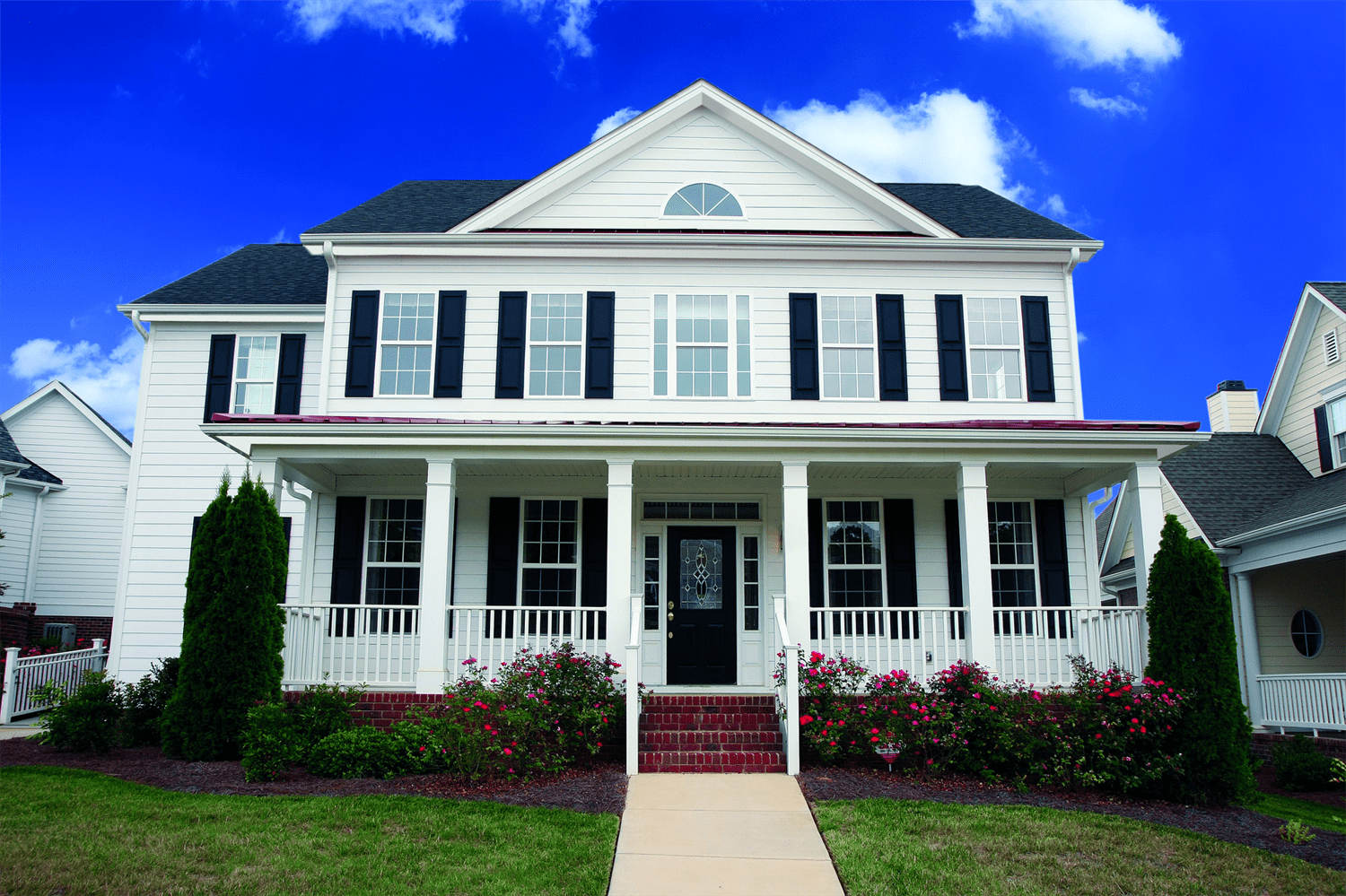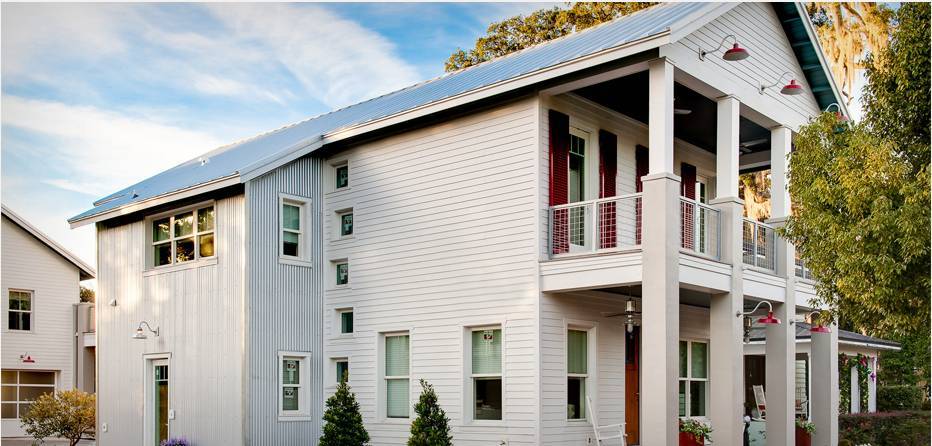Calculating Your Needs: Estimating Siding Requirements for a 2,000 Sq Ft Home
Introduction
When it comes to home improvement projects, few things are as impactful as siding installation. Not only does siding enhance the aesthetic appeal of your home, but it also provides essential protection against the elements. However, calculating your needs can be tricky, especially if you're dealing with a sizable area like a 2,000 sq ft home. In this article, we'll explore how to estimate siding requirements effectively, ensuring you get the right amount of material without overspending.
Calculating Your Needs: Estimating Siding Requirements for a 2,000 Sq Ft Home
The first step in estimating your siding needs is understanding the dimensions of your home and how they correlate to the amount of siding required. A standard 2,000 sq ft home isn't just a flat rectangle; it usually has multiple sides and different architectural features that can complicate calculations.
Understanding Square Footage in Siding Installation
What is Square Footage?
Square footage refers to the total area within the four walls of your home. For siding installation, knowing the square footage helps determine how much material you'll need.
Why is It Important?
Accurately measuring square footage allows homeowners to avoid excess waste and ensures they purchase enough siding for complete coverage.
Calculating Wall Area for Siding Installation
To calculate how much siding you'll need, you must determine the wall area.
Step-by-Step Calculation:
Example Calculation:
- Wall 1: 10 ft (height) x 30 ft (width) = 300 sq ft
- Wall 2: 10 ft x 40 ft = 400 sq ft
- Total Wall Area = 700 sq ft
Accounting for Windows and Doors
Why Subtract Openings?
Windows and doors occupy space that won’t require siding material.
How to Subtract Openings:
Example Adjustment:
- Total Wall Area: 700 sq ft
- Window Area: 100 sq ft (5 windows at 20 sq ft each)
- Door Area: 21 sq ft (1 door)
- Total Openings = 121 sq ft
- Adjusted Total = 579 sq ft
Types of Siding Materials Available for Installation
When considering siding installation, you have various options:
Vinyl Siding
Pros: Cost-effective, low maintenance
Cons: Less durable compared to wood or fiber cement
Wood Siding
Pros: Aesthetic appeal, good insulation
Cons: Higher maintenance needs
Fiber Cement Siding
Pros: Extremely durable, fire-resistant
Cons: Higher initial cost
Metal Siding
Pros: Very durable and pest-resistant
Cons: Can be prone to rusting if not treated properly
Each type has its advantages and disadvantages—considering these can help you make an informed choice based on budget and climate considerations.
Estimating Waste Factor in Your Calculation
Even seasoned contractors build in a waste factor when estimating materials needed for a project. Why? Because mistakes happen! Here's how you can do it:
What is Waste Factor?
The waste factor accounts for mistakes in cutting or unforeseen damages during installation.
How Much Should You Add?
A common recommendation is to add an additional 10% for waste:
Waste Example Calculation:
- Adjusted Total Area: 579 sq ft
- Waste Factor (10%): [ 579 \text sq ft \times 0.10 = 57.9 \text sq ft ]
- Final Requirement: [ 579 \text sq ft + 57.9 \text sq ft \approx 637 \text sq ft ]
Choosing Between DIY vs Professional Installation
Deciding whether to tackle siding installation yourself or hire professionals boils down to several factors.
DIY Pros and Cons
-
Pros:
- Cost savings on labor
- Greater control over aesthetics
-
Cons:
- Time-consuming
- Potentially less skillful work leading to future issues
Professional Installation Pros and Cons
-
Pros:
- Expertise guarantees quality installation
- Warranty may come with professional work
-
Cons:
- Higher upfront costs
- Less control over timeline
Preparing Your Home for Siding Installation
Before starting your project, preparing your home correctly is crucial.
Clearing Out Surrounding Areas
Ensure that plants or furniture close to the house are moved away from walls where work will be done.
Inspecting Existing Siding
If replacing old siding, check its condition first—this might affect new installations.
Understanding Local Building Codes
Before starting any construction or renovation project like siding installation, it's vital to check local building codes.


Why Are Building Codes Important?
Building codes ensure safety standards are met; failure to comply may lead to fines or even having to redo work.
Permits Required for Siding Installation
Some municipalities require permits before beginning major renovations like siding installations.
How Do You Obtain a Permit?
Contact your local building authority—often this process involves submitting plans and paying fees.
Budgeting for Your Siding Project
Creating a budget helps keep costs manageable while ensuring you don't skimp on necessary materials or labor.
What Should You Include in Your Budget?
Consider:
California siding installation servicesExample Budget Breakdown:
| Item | Estimated Cost | |---------------------|----------------| | Vinyl Siding | $3/sq ft | | Labor | $1/sq ft | | Permits | $50 | | Miscellaneous | $200 |
FAQs about Siding Installation
- Vinyl lasts around 20 years; wood may last up to 30 years with proper maintenance; fiber cement can exceed over fifty years!
- Most manufacturers provide warranties ranging from ten years up to lifetime coverage depending on material choice.
- Yes! However, it's recommended that existing materials be inspected first; some older materials may not provide adequate support or insulation improvements needed with new layers added on top.
- The duration varies based on size but plan for anywhere between one week up through several weeks depending upon complexity!
- Properly insulated homes typically see reduced energy costs due as air leaks become minimized via weather-tight seals created during installations!
- There's an array ranging from traditional whites & grays through bold colors such as reds & blues available today making customization easy!
Conclusion
In conclusion, calculating your needs accurately when estimating siding requirements for a 2,000 sq ft home involves careful measurements and consideration of various factors including wall dimensions, types of materials used, potential waste factors involved in installations along with local building codes & permits necessary prior any work commencing! Whether choosing DIY routes or hiring professionals—being well-informed helps ensure successful outcomes without unexpected hurdles down road!

So take some time assess all aspects discussed here before diving into this exciting journey towards enhancing both beauty & functionality within living spaces alike!